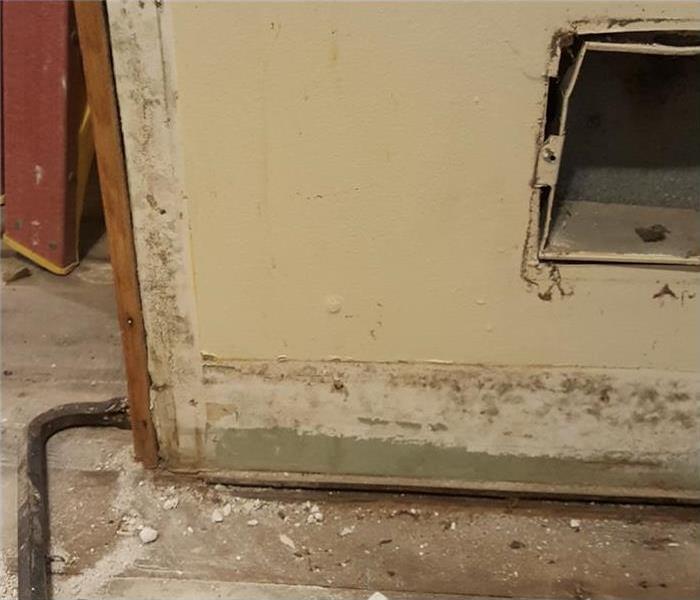Speedy Response: The Key to Mold Prevention
7/23/2021 (Permalink)
Mold Prevention Requires Quick Action
Mold is an invasive, destructive fungus that thrives in a moist, warm environment. Left unchecked, mold can begin to grow and spread on even slightly wet surfaces within building materials during the first 24–48 hours following an incident of water damage or water leakage. Such a fungal infestation can wreak havoc on the interior structure of a building, often resulting in thousands of dollars of damage.
Unfortunately, many property owners don’t know they have a problem until it is too late. If you do suspect an issue with your building in Chicago, IL, it is important to act quickly.
Trigger Points
Many events can trigger mold growth, and, while some aren’t always obvious, other incidents should always raise a red flag. Here are some of the main causes of mold infestation which must never be overlooked:
- Flood
- Fire
- Roof or plumbing leak
- Damp basement
- Extremely high humidity
If your building has been impacted by any of these events, it is important to act immediately. Successful mold prevention begins upon the discovery of any water damage — no matter how small — or any event that could foster the dangerous combination of moisture and warmth.
Action Plan
Upon discovery of a potential mold-causing event, call a restoration specialist in Chicago, IL, for an emergency assessment. While waiting for professional help, dry the affected area with mops and rags, remove wet rugs or carpeting, prop wet upholstery and cushions. Wipe any dampness from tables or objects. Mildew (the precursor to mold) can form on any wet surface, no matter how small.
By acting quickly within the first 24 hours following the discovery of water damage, it is possible to prevent mold growth. Once this window of opportunity is closed, the question of mold prevention is likely to be moot and the far more expensive process of tearing down, removing and replacing the damage caused by mold begins.



 24/7 Emergency Service
24/7 Emergency Service
